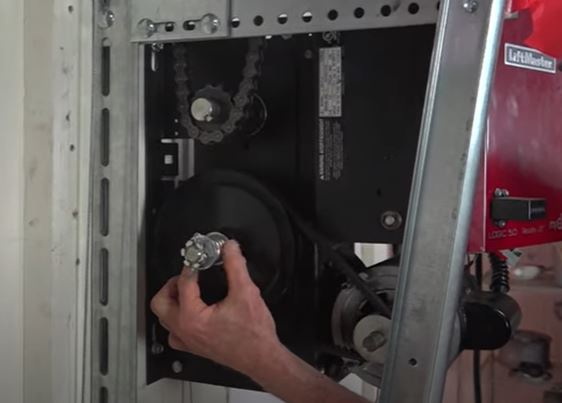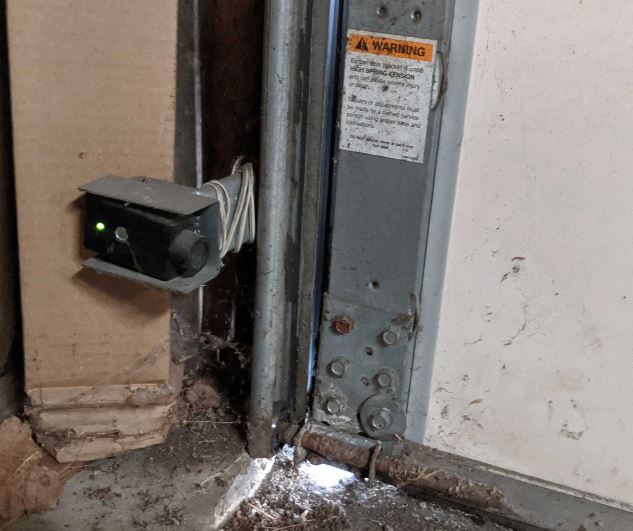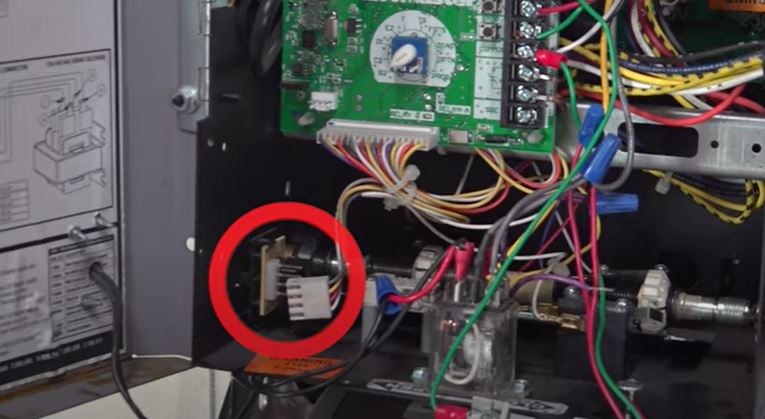Posted August 21st, 2020 at 5:53 pm by Dan Musick
Commercial door operator manufacturers have designed three standard safety systems: the clutch, the photo eyes, and the rpm sensor. These keep the door from injuring people or damaging objects that might be obstructing the door.
First is the mechanical clutch that slips when something obstructs the door. This keeps the motor from opening or closing the door if something is blocking its way.
See our video about how commercial operator clutches work for more information.

The second design is the eye sensor system, which LiftMaster calls LMEP. If a vehicle or a person passes under the door and blocks the eyes, the door operator will reverse the door until it raises to the open position.
In another post, we explain how to troubleshoot photo eyes that may be malfunctioning.

The third safety system for commercial garage door operators is the internal electromechanical sensor, or rpm sensor. The rpm sensor detects changes in motor speed. If there is an obstruction such as a locked door, a broken spring, or a broken cable, the motor will slow. When the door is opening, this sends a signal to the motor to stop. On the other hand, if the obstruction occurs as the door is closing the motor will stop the door and cause it to open.

More information is in our YouTube video.
This entry was filed under How Garage Doors Work, Products. You can follow any responses to this entry through the RSS 2.0 feed.

